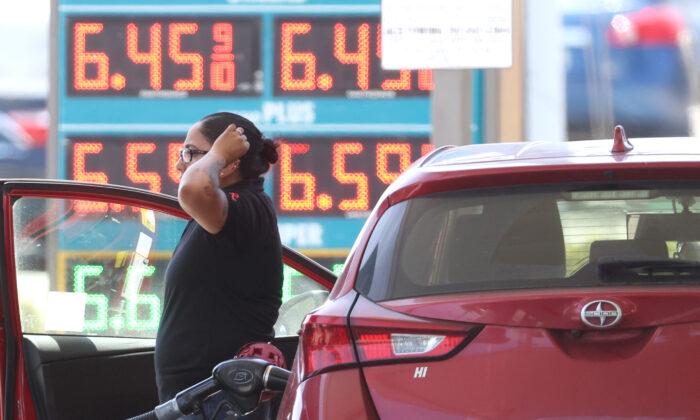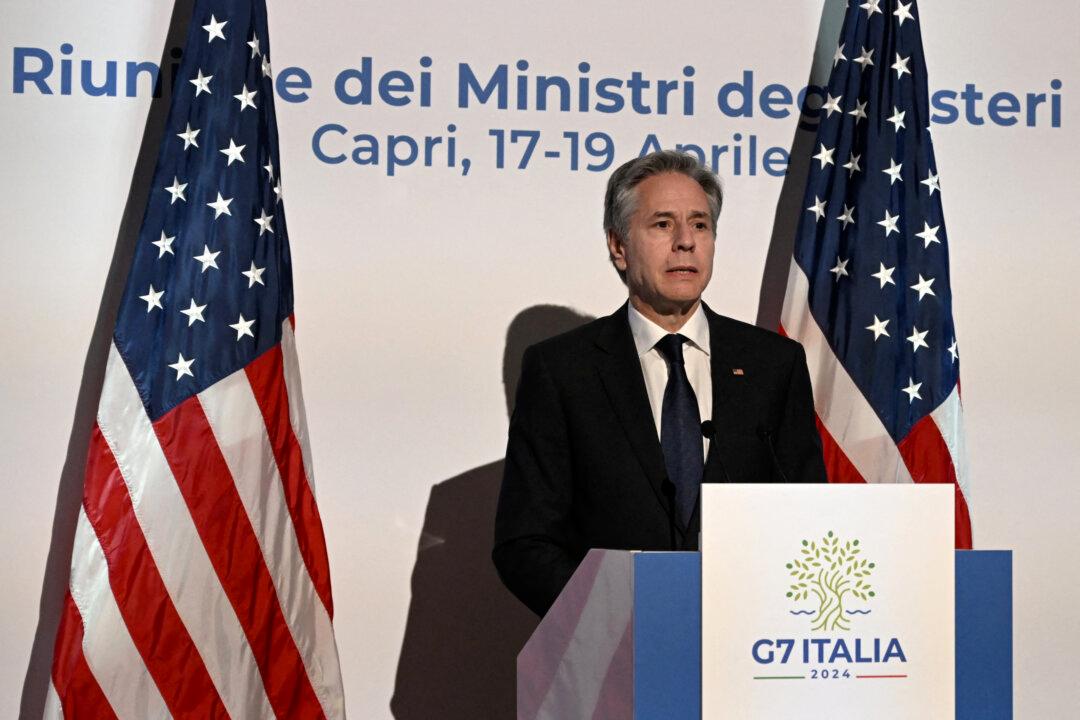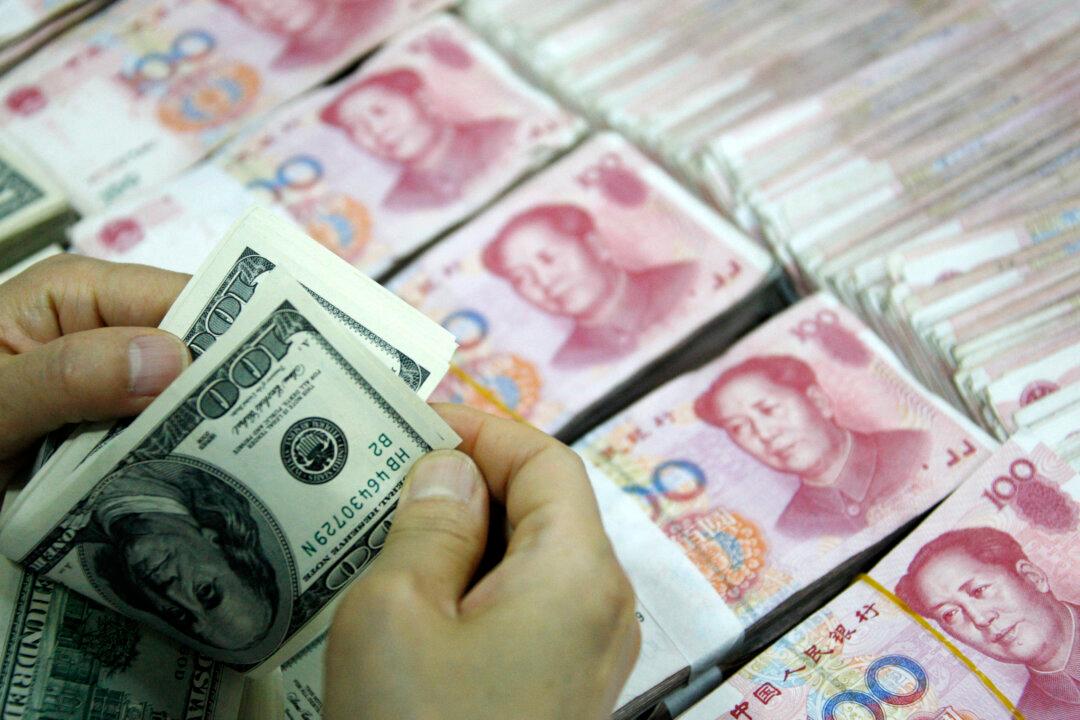Since peaking above $5 per gallon in June, prices have tumbled about 20 percent.
But while President Joe Biden has touted his administration’s policies as the cause for the steady decline, market analysts attribute demand destruction—high prices spurring reduced demand—as a major contributor to the downward trend.
“The drop in the national retail price can be attributed to consumers reducing their usage of gasoline as the summer driving season started during the first week of July, when the price peaked around $5.00 per gallon,” economist Ed Yardeni wrote in a recent note.
“During the August 5 week, the four-week average of usage was down 5.3% from a year ago. The four-week average price fell back down to $4.37 during the August 8 week.”
China, Recession Hurt Oil
The decline in crude oil prices has played a significant part in diminishing the pain at the pump, too.West Texas Intermediate (WTI) and Brent have erased their post-invasion gains. WTI futures have slumped nearly 14 percent over the last three months, to $90 per barrel on the New York Mercantile Exchange. Brent, the international benchmark for oil prices, shed 10 percent over the same period, to $95 a barrel on London’s ICE Futures exchange.
“Oil is the primary ingredient in gasoline, so less expensive oil is helpful in taming pump prices,” said Andrew Gross, AAA spokesperson, in a statement. “Couple that with fewer drivers fueling up, and you have a recipe for gas prices to keep easing.”
Experts forecast that imports will pick up steam in the second half of 2022 as Beijing accelerates its infrastructure-spending plans to stimulate the world’s second-largest economy.
But growing recession fears in the energy market have weighed on demand expectations, turning investors more bearish this summer, according to Warren Patterson, the head of commodities at ING.
Despite the United States and other countries injecting emergency reserves of crude into the international market to help curb prices, global supplies remain considerably tight.
“When the market wakes up to the reality that these barrels of oil aren’t going to be dumped onto the market in the winter, we should see solid buying come back in,” Flynn added.
Overall, the U.S. energy situation is fragile as inventories are down 10.7 percent compared with a year ago. If recession fears subside and consumer demand for gasoline and diesel picks up in the coming weeks, conditions may reverse the steady stream of losses in oil and gas in the fourth quarter of 2022, energy analysts say.





